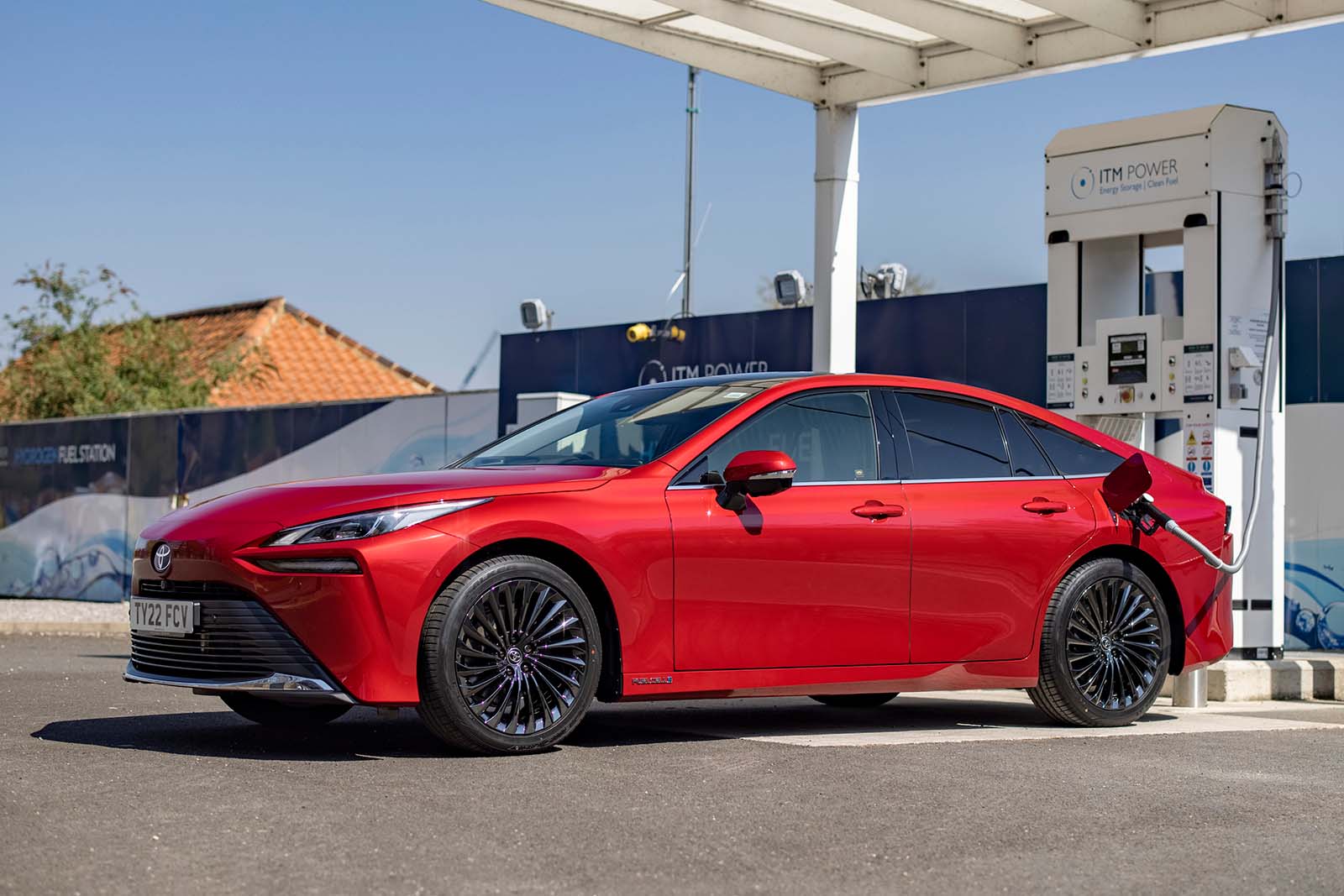California has long been a barometer for anything to do with emissions and air quality and has been since the 1970s.
For that reason it’s always worth taking any new developments emerging there very seriously. Since 1999 when it was formed, the California Fuel Cell Partnership hasn’t given up on its vision of establishing a hydrogen economy, even when others have.
Russia’s invasion of Ukraine has brought energy security into sharp focus, and the world (and not just the automotive world) is being forced to realize two things.
The first is that relying on one or two global regions for the majority of its energy supplies is a stupid idea, and the second is that seriously getting behind sustainable energy is a win-win situation. It solves the problem of energy security and CO2 at the same time.
In September, the California Air Resources Board (CARB) proposed the Advanced Clean Fleets regulation, which, if it becomes law, will ban the sale of new diesel trucks and buses by 2040. And while so much attention has been focused on whether or not hydrogen fuel cell cars will become a commercial reality, it’s as a power source for heavy vehicles that hydrogen as a road fuel is likely to take off.
The California legislature has committed to spending over £46 billion in the coming years to combat climate change (more, it says, than is being spent by entire countries).
Further encouragement to bring hydrogen into the mainstream in the US comes from this year’s Inflation Reduction Act, which will give a £2.52 ($3) per kilogram tax credit to producers making clean hydrogen from renewable electricity for a period of 10 years.
Unlike battery storage, there’s no physical barrier to using hydrogen to power not just heavy vehicles but also ships, trains and even aircraft. Universal Hydrogen has produced a hydrogen fuel cell electric conversion kit for the ATR72 and De Havilland Canada Dash-8 regional passenger aircraft, and it is set to enter commercial service in 2025.
At COP27 this month, the US Department of Energy announced its global H2 Twin Cities partnerships, which include the pairing of Kobe in Japan with Aberdeen, previously known as the ‘oil capital of Europe’.
The European Hydrogen Backbone, described as a ‘European hydrogen infrastructure vision covering 28 countries’ is a project run by 31 energy infrastructure companies from those nations.
Its latest update says a pan-European hydrogen supply network could emerge by 2030 connecting industrial clusters, ports and suchlike to regions of ‘abundant hydrogen supply’. Importantly, the network consists of existing natural gas supply networks and doesn’t involve installing new pipelines.

